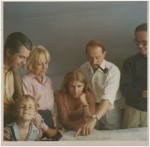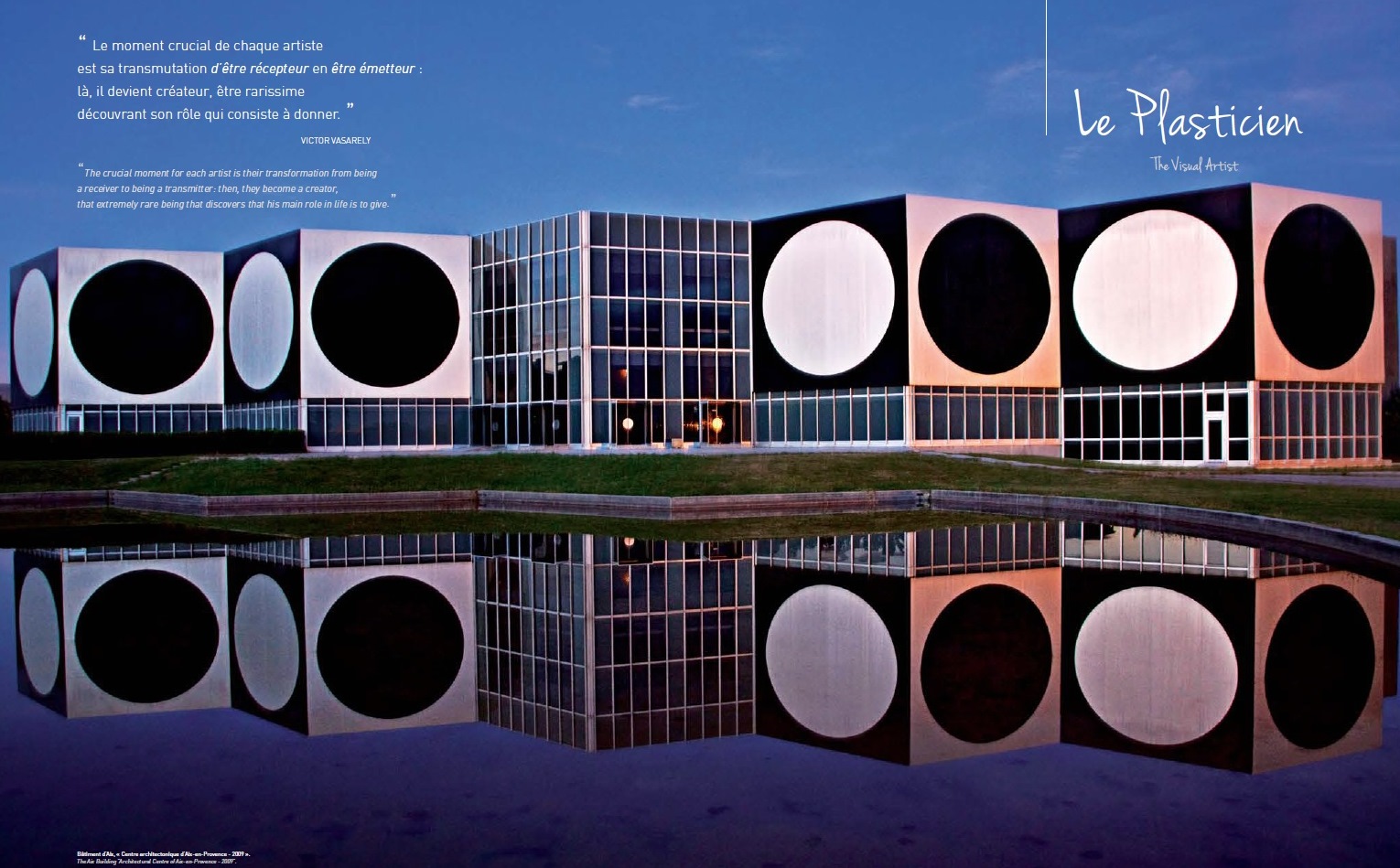Claire and Victor VASARELY fell in love with Gordes in 1948
Gordes #Culture, #Economie, #Histoire, #Patrimoine, #Tourisme,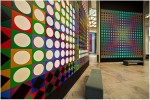
Claire and Victor Vasarely fell in love with Gordes in 1948.
"I have selected these texts and archive photographs as a tribute to them and to the Vasarely Foundation, ( recognised as a public association in 1971), which grew out of the encounter between the visual artist of Hungarian origin and this village set among the hills of the Vaucluse".
" My grandparents devoted the onset of each summer to the traditional “transhumance” into the scrubland known as the garrigue: lorries and cars alike would carry materials and dogs in search of work, complete with a morning break for swimming and another in the late afternoon for pétanque.
I still cherish memories of unutterable joy and simple pleasures from my holiday with them during my childhood and teenage years".
Pierre Vasarely
Sole grandchild of Claire and Victor Vasarely - President of the Vasarely Foundation
" Whether at Senanque Abbey or in the most humble dwelling in Gordes, a small square window in a large wall lets in so much light ... This same opening, viewed from the outside, becomes an ethereal and unfathomable black cube. The villages and towns of the South, blasted by an implacable sun, were my introduction to the contradictions of perspective. One could never work out the exact shape of a shadow or a stretch of wall: form and emptiness would merge into one is an alternative play of foreground and background forms. This triangle would merge into that diamond on the left, or into that trapezium on the right; that square would leap upwards or sway downwards, when I linked it to a dark green blotch or a stretch of pale sky. Identifiable shapes would thus become abstraction and – going beyond the confines of perceived form – take on a life of their own". ( Vasarely, 1948).
" The educational Museum Gordes works wonderfully well. All who go there, whether by chance or out of simple curiosity, interest or need, learn something about the essence of my ideas and my work. The public, mostly made of young people, whether knowing and challenging, mocking or simply captivated, never fails to be interested. That is all I could wish for.
It is just my way of fulfilling a political and social policy.
Should an artist become a rich and megalomaniac celebrity, or should he use his income to act in the public interest?
I have chosen the second option: my resources have enabled me to create an independent foundation off all merchants, the power that be, financiers and political parties.
Approximately a quarter of my activities consist of donations to museums and resource – poor communities , and are designed to serve public interest - against racism, famine, deprived children and in aid of certain political cause".
Vasarely Journal Opus No. 46 - September 1973.
"... Today’s artists do little to promote art of the community. The market for pictures is well
In this question raised by Vasarely, not without a certain misgiving, he touches on one of his most basic concerns : the artist’s responsibility toward humanity.
It was precisely his keen awareness of this responsibility which led him to undertake, at the height of his career, a vast and dynamic two-part programme, of which the first stage was the Educational Museum Gordes, created in 1970. The center of Aix-en-Provence inaugurated in early 1976, completed the idea of the Vasarely Foundation.
The aim of this museum is not therefore to constitute a self-contained whole, but to form part of an ensemble. In fact, the idea is not only to create a retrospective of the work of a painter devoted,

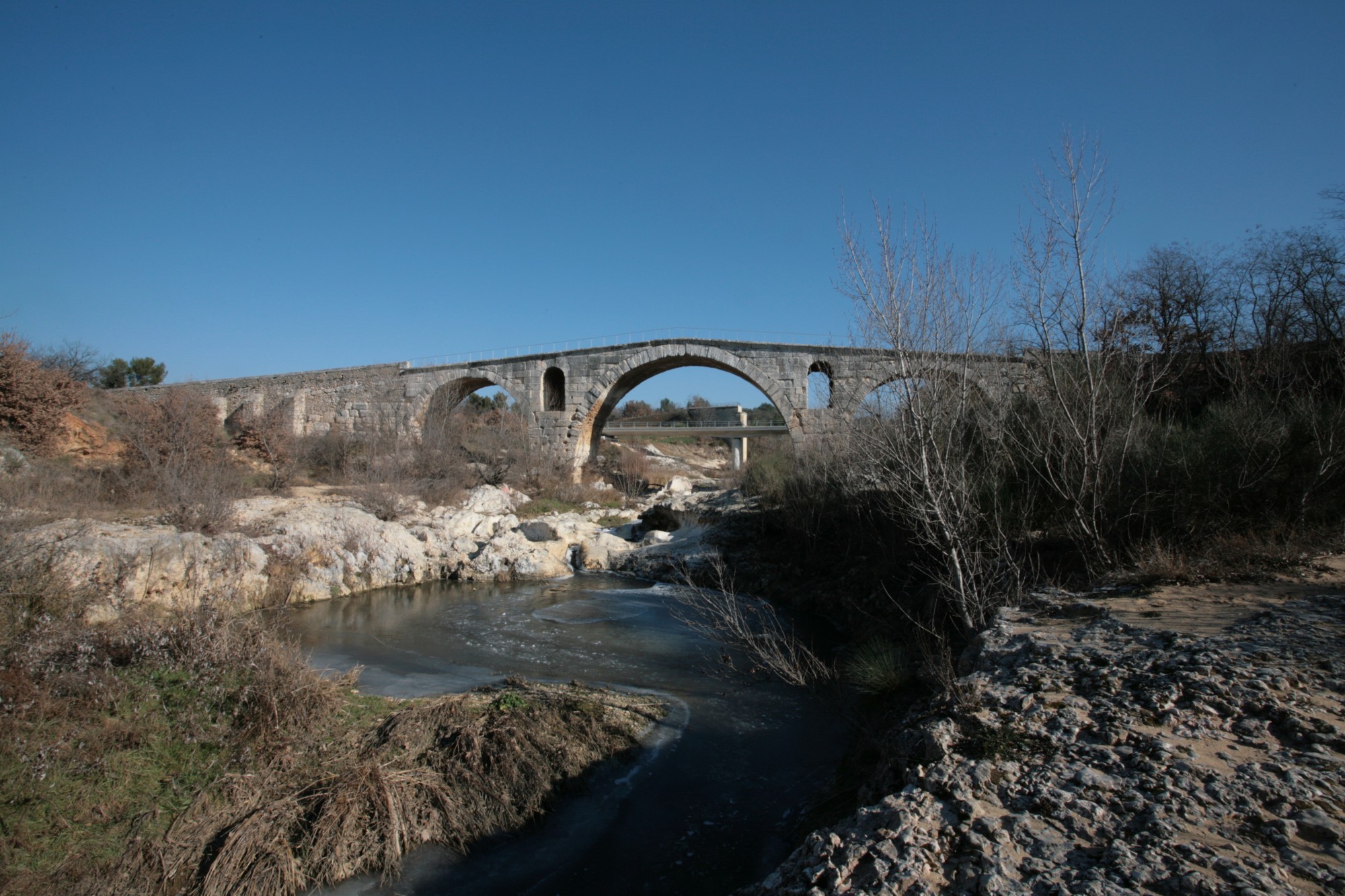

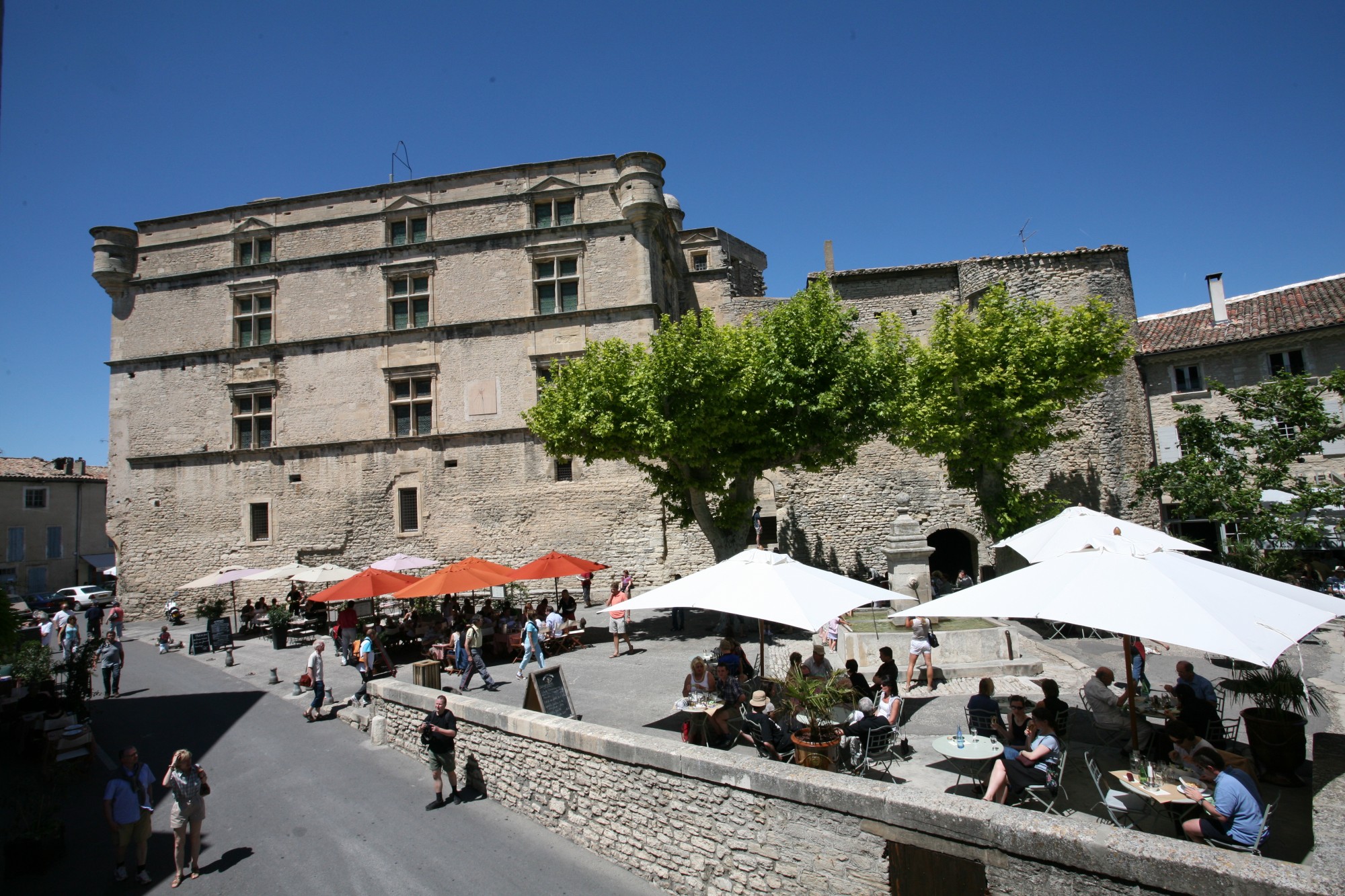
- Rosier Real Estate
- Place du Château
84220 GORDES
France


